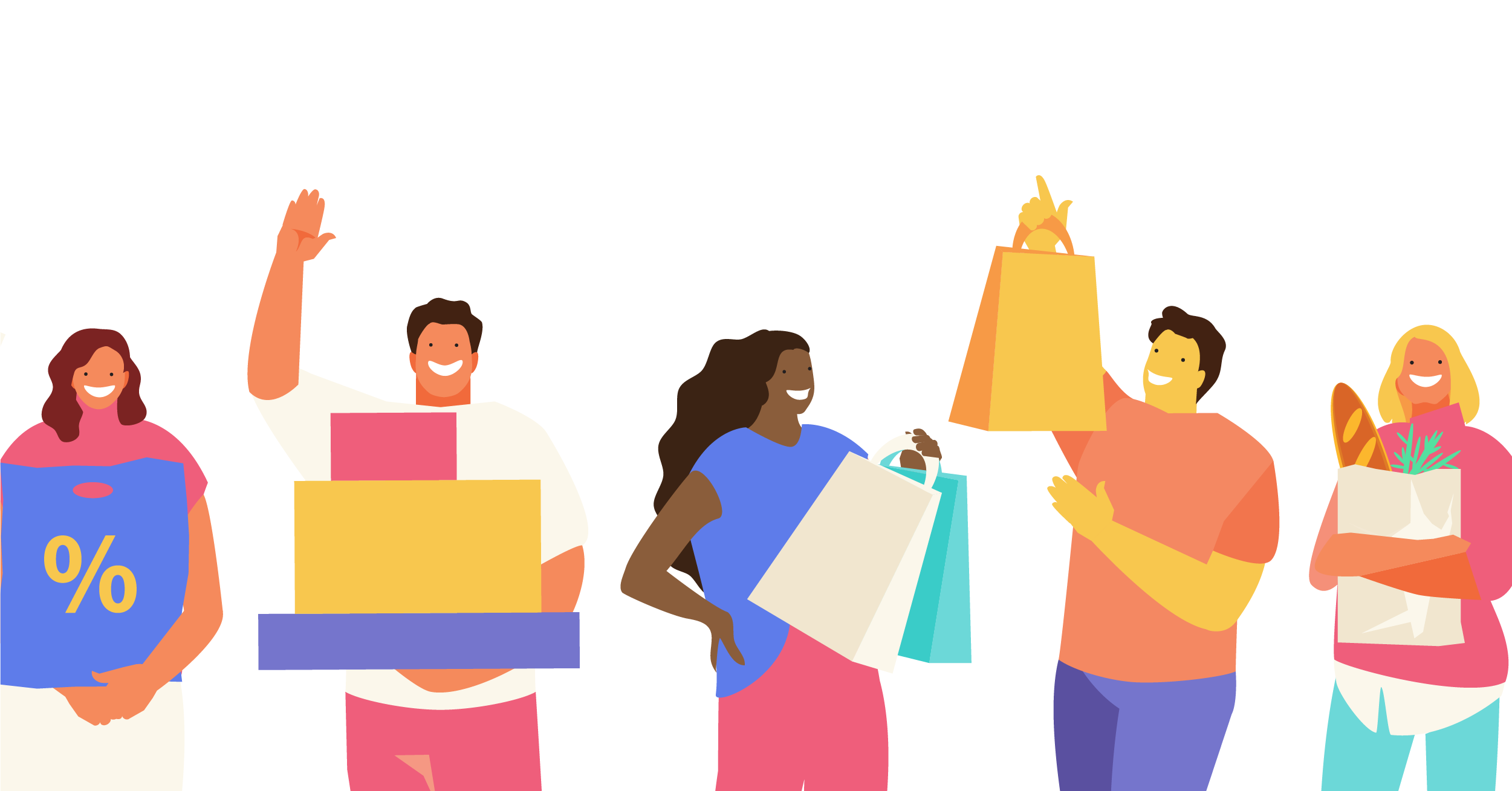The Secret Weapon in a David vs Goliath Strategy

Is your product perceived to be a premium product? If you're an emerging brand going up against the big guys, it better be. Otherwise, you are perceived as a commodity - and planning to be the least expensive product on the shelf is not a strategy for success unless you have the low cost structures that the largest players have (which allows them to play and win at the pricing game). So how do you win as a David vs a Goliath? You need to master premiumization.
“Premiumization” means getting shoppers to pay higher prices for a brand or product.
It is the opposite of commoditization. But how? Why would customers be willing to pay more for your products?
In short, they won’t – unless you
1) hook the right people,
2) communicate a compelling and emotionally engaging story, and
3) promote a value-based offer to substantiate your price.
Let’s look a little closer at each of these.

The Hook
A hook stops people in their tracks. Imagine all your competitors on the shelf. Do your packaging and/or shelf-talkers stand out? You can accomplish this via compelling and curiosity-based headlines and images. Hippeas and RXBAR are great examples of this.
As crucial as the hook is, who you hook is just as important. The hook can also be your downfall if you try to hook everyone. Here’s a reality that you should already know: Your product is not the right product for everyone. That’s why Dr. James Richardson teaches emerging brands to spend time experimenting in local or regional markets to learn about (and from) their ideal customer… and even to discover whether that region is ideal for you.
The best analogy I ever heard about the subject comes from Sean Stephenson, an amazing speaker I call the three-foot giant. Sean tells the story of an at-sea helicopter rescue mission: boat sunk, several people in the water and on the verge of drowning. The problem? The helicopter was not big enough to carry everyone. A hard decision needed to be made. Sean asks, “Who should they save? Who would you save?”
Based on lots of life-and-death experience with rescue situations, the rescuers’ criterion is this: “We can only save the people who swim toward us.” You will affect the most people if you help (hook) those who swim toward you. One of the many lessons of the story for CPG entrepreneurs is not to look for distribution in locales where the shopper doesn’t “get” you.
Sean also promises a silver lining: If you focus on your ideal customer for long enough to create repeat purchase at the register, guess what happens? More and more of those people who were flailing around in the water suddenly start swimming towards your brand. Think kombucha. Plant-based meats. Cauliflower pizza.
I remember 10 years ago, standing in a Sprouts in an impoverished neighbourhood, trying to sell $65 luxury organic eye cream. I knew how good my product was for people, and was convinced that I could influence even these people to buy it (what can I say, I love a good challenge). 10 years later and after working with about 1,000 brands, I’ve come to realize that I should have spent my money, time, and effort standing in a store filled with ideal shoppers who could actually resonate with my message and story. The enormous trade cost it took to support retailers and stores catering to shoppers who didn’t “get it” destroyed my business.

The Story
In my view, the story is probably the most critical factor. Those who have crafted a compelling story using frameworks like the Hero’s 2 Journeys (the outer and inner journeys made famous by Hauge and Vogler) or the Epiphany Bridge visual framework (developed by Russell Brunson) are able to connect with the shopper emotionally. Emotion is the key here: if the shopper relates to the entrepreneur’s struggles that compelled them to sacrifice everything to create their brand, that shopper is much more likely to pay a premium price for the product.
It’s difficult (although not impossible) to tell a great, compelling story on the packaging alone. We at Promomash are huge proponents of ambassador lead sampling efforts. The caveat is that the brand ambassadors must be well-trained on the story and message and can emotionally convey that message to the shopper.
Perhaps I think story is so important because that’s something I hadn’t yet mastered with my first company, L’uvalla. The L’uvalla story began with my wife Alla and me, and our spiritual journey as we came together as a couple. When we met, we took a yoga and spirituality course, during which we were inspired to build a wellness center in Los Angeles that would bring together eastern and western practices and modalities. We created a business plan and spent our wedding funds on architectural drawings and demographic surveys to vet out the concept and raise capital.
We quickly started to hit wall after wall trying to get the concept off the ground.
In retrospect, the issue was that our story was talking about skincare, ingredients, and efficacies – and not the reason we created the product in the first place. Even though we were out to help people, even though our hearts were in the right place, we failed the emotional connection test. We were now a commodity in a red ocean competing against brands with more money and a bigger megaphone with which we couldn’t compete.

The Offer
So, let’s say you’ve hooked your audience and emotionally enrolled them with the story. Now it’s time to present an offer that the shopper can’t refuse.
Here’s a principle you may not have considered: Every product creates both a benefit and a problem for the shopper. Let’s look at an example such as Brutus Broth, a bone broth product line for dogs. Their story began on Thanksgiving Day 2016 when a family member asked Kim and Sue what they credited with their dog Brutus’ longevity. The answer: “Love and Grandma’s Bone Broth,” which not only provided him with a tastier meal but gave him added nutritional benefits and contributed to his youthful state.
While the product thus appeared to offer many benefits, now that the shopper was thinking about their dog’s longevity, it raised other questions in the shopper’s mind. “What other foods might be healthy?” “What else can they do to keep their dog active and fit in conjunction with the diet?”
So, offers give the shopper something extra. Other than a price reduction, which will reduce your profit, what can you offer the shopper that will add value above and beyond what your core product provides? Can they download a recipe book from your website? Perhaps attend an exclusive monthly seminar/webinar helping the shopper with the results they are seeking with your brand? Think outside the box! The possibilities are limited only by your team’s creativity… but offers will probably have something to do with improving the shopper’s health, wealth, or relationships.
Offers can also solve problems. Can you help the shopper solve the problems your product creates? If you can, it will insulate you from becoming a commodity.
In summary, don’t be afraid to be the premium-priced brand in your category. You need to figure out how to premiumize. It’s time to get your hook, story, and offer to your ideal shopper, start focusing on repeat purchases, and building brand loyalty through trial. If you do, it will save you from slow sales velocity and the dreaded d-word.
